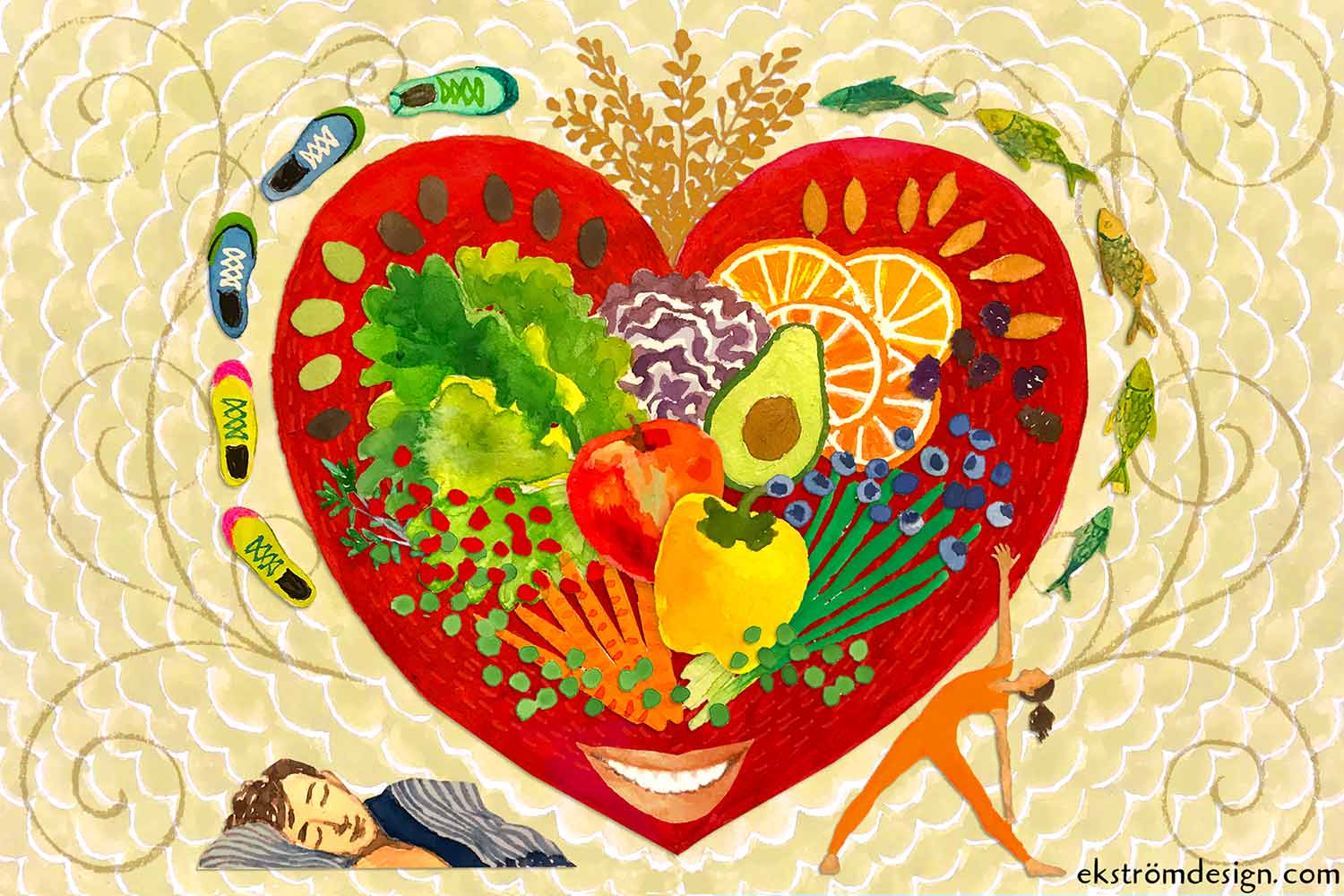Fresh Air, Fresh Perspectives Challenge

We’re now in the height of Fall, which means cooler weather, autumn leaves, and the ideal time to enjoy the outdoors. Analysis for the National Trust found that more than 8 out of 10 people felt that bright autumn walks made them feel happier, healthier, and calmer. Take advantage of this time before winter comes to get outside and enjoy the great outdoors. Join user the Fresh Air, Fresh Perspectives Challenge, to find your favorite walking style.
Walking for just 30-minutes a day can improve your health in more ways than you might think. Not only is walking a wonderful, low-impact form of cardiovascular exercise, it can also greatly improve your mental and emotional wellbeing, and help with every wellness goal from stress reduction to better sleep.
We believe that the best forms of exercise are the ones you actually stick to! That’s why we love walking, not to mention, it can be an opportunity to reset during a busy workday or a chance to unwind after a long day.
How It Works:
The challenge is simple, commit to taking one 30-minute walk a day for one week, and get bonus points for trying one of the different walking styles below each day.
- Download our Daily Walk Log to keep track of your daily walks.
- Submit your completed card to [email protected] or complete this short form by Wednesday, October 26th to be entered to win prizes!
Walking Styles To Try:
- Walk with a friend – Walking with a buddy or your team can make your walks more fun, allow you to connect with others and adds accountability to get out and walk every day.
- Walk your dog – Your dog’s health also depends on daily exercise, so do both of you a favor and get walking.
- Walk while listening to your favorite podcast or book – Bring along an audio walking partner that turns exercise into a chance to learn something new and stimulate your mind.
- Walk on a local trail – Walking in nature is not only visually stimulating but has been shown to actually burn more calories than indoor exercise, improve short-term memory, decrease blood pressure, boost your immune system and help you to become more mindful.
- Walk during your lunch break – We know it can be easy to eat lunch at your desk, but it may be getting in the way of your ability to perform at your best! Studies show that using your lunch break to get out and about can have a positive effect on your concentration and creativity.
- Walk before work – Heading outside first thing in the morning may not sound appealing to everyone, but going for a walk before work can boost your energy levels and get you out of the house, especially if you’re working from home. Walking outside also helps combat SAD (seasonal affective disorder).
- Walk on an incline on the treadmill – Don’t want to be outside? Hop on the treadmill at an incline to ramp up the intensity level and your results. This can help muscle building, core activation, metabolism boost and more!
- Walk after a meal – Walking after a meal can help with your digestion and clear your mind. Scientists have also found that going for just a 15-minute walk can reduce blood sugar levels, which can help with complications like Type 1 and 2 diabetes.
- Walk while listening to music – Listening to music can help to get you in the zone and depending on the beat, it can improve your speed, stride length and rhythm.
- Walk in silence – Silent walks can be refreshing after being bombarded with constant stimulation and information. A study done at Michigan State University found that mindful walks are “a more practical way to relax versus sitting quietly with our eyes closed. Mindful walking can help us be present at the moment and focus on the happenings around us.”
We hope you enjoy this challenge, learn something new and discover new ways to enjoy getting in your daily walk!



